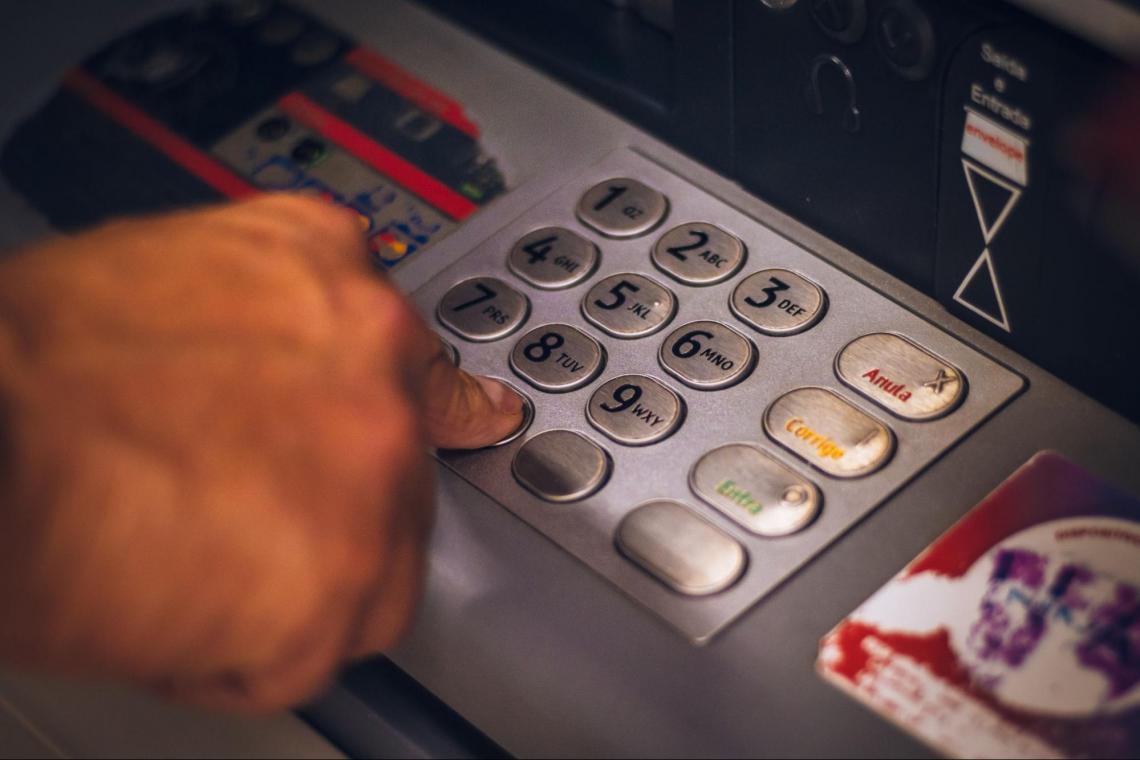Hidden Values
Assets that belong to a company but are not displayed on the balance sheet and are not shown in the stock price.
Hidden values are assets that belong to a company but are not displayed on the balance sheet and are not shown in the stock price, hence the name "hidden values." Companies adopt this approach to showcase a higher net worth.

Hidden values are known as "hidden assets" or "hidden reserves." Hidden values involve real estate, natural resources, and brand loyalty. They primarily can attract better investors and lend better profit outlooks.
It is important to know that firms with hidden values are most likely undervalued. This is because their book value is often greater than what they are assumed to be worth in the market.
Book value is the sum of what the firm believes its assets to be worth, at which they have been recorded in the balance sheet. The market value is a cumulation of the asset's worth in the open market.
Most hidden assets are intangible, like trademarks and brand loyalty. Therefore, they are not often recorded on the balance sheet, but they are very important for the operational cycle of the company.
Due to their heavy importance, trademarks and licenses have a lot of paperwork to ensure their security and protect the company against infringement or misuse.
Understanding Hidden Values
To find the hidden values of a company, an analyst or investor would have to conduct thorough research into the company and have a good understanding of its business model. It would be impossible to find hidden assets just by looking at the financial statements.

Companies hide their assets from their financial statements to hide them from the scrutiny of regulatory authorities, lawsuits, and creditors, to name a few.
Hidden assets are essentially a company's attempt to make more revenue without anyone on the outside knowing about it. For example, companies can inflate revenues by lowering their expenses or not showing certain expenses on their balance sheet.
But suppose an outside organization finds a company's hidden assets inconsistent with the compliance requirements. In that case, there might be serious consequences for hiding those values from the financial statements.
"Hidden values" is a broad term that can be applied to various situations. It is not only applied in the business world; even during divorces, an individual hide their assets from the declarations, and it is common. Some actions which make for hidden values on the balance sheet are;
- Hiding/undervaluing personal property
- Overvaluing debts
- Reporting a higher net income in a business
- Reporting higher expenditure values in a business

One way someone could hide their assets is by transferring money to another bank account; in this way, an individual is undervaluing the cash accounts in the official statements. They could also do the same by transferring money to a friend's or family's bank account.
This does not only include money; an individual could do the same with real estate, vehicles, jewelry, and much more expensive items. By doing so, the individual removes their connection with those assets.
These hidden assets can still be tracked down after cutting off any connection with them. Hence, one needs to be careful when dealing with them.
A common way to uncover these hidden values is to hire professional investigators who look at different types of tax returns, financial statements, and cash flows in and out.
After they are done studying those numbers, any trends or values that do not add up to the surface are acted upon further.

Different Types of Hidden Values
Two types of assets can be hidden. The first category is intangibles, which are easy to hide because they are not written on the financial statements in the first place. The second type is tangible assets, such as property, plants, and equipment, which are physical and can be sold.

There are many hidden assets, the most common being real estate, natural resources, and brand loyalty.
First, real estate is one of the most frequently undervalued or unreported asset categories on a financial statement. When looking at the balance sheet, an individual will find the cost of the real estate that the company has paid for since the beginning.
As time passes, the asset often depreciates, or the market value may even rise due to an increase in the price of real estate, nudging the company to undervalue or overvalue the stated price of the asset.
In addition, a company could restructure the purpose of a building, converting it from a factory to an office building to a residential building, which could then be sold for a higher price.

Secondly, companies that operate in the natural resources industry and have the legal rights to mine for certain resources hide the earning potential that the mine brings to the company.
On the other hand, they could do the complete opposite and even overvalue the earning potential to inflate the projections. They do this to attract investors and, when necessary, to sell those rights to another company.
Lastly, brand loyalty is an intangible asset that numbers cannot measure. Having good support behind a company is an undervalued asset. In the future, if the company wants to release a new product, it will automatically have the support of its loyal customers.
Conclusion
From an investor's point of view, timing is essential to uncover hidden values before another business gets an opportunity to capitalize on them.

Hidden values are the assets and money that are not shown on a company's financial statements. Finding hidden assets is a pretty complex task, yet it is not impossible to do so for specialists.
A portfolio can gain a lot of value from early investments in low-cost stocks. However, it's crucial to remember that it can take years for the assets to be discovered before anyone profits.
Before the assets are discovered, the company is undervalued in the market. Thus, if the inherent value seems higher than the market value, it could be a good investment opportunity.
An investor can gain value by investing in an undervalued company because the shares are effectively selling at a lower price than they would otherwise be.
If the company's hidden assets can increase profits, they will draw in new investors and drive up the stock price. Investors who buy stakes in the company early will experience heavy gains when it rises to fair market value.




or Want to Sign up with your social account?